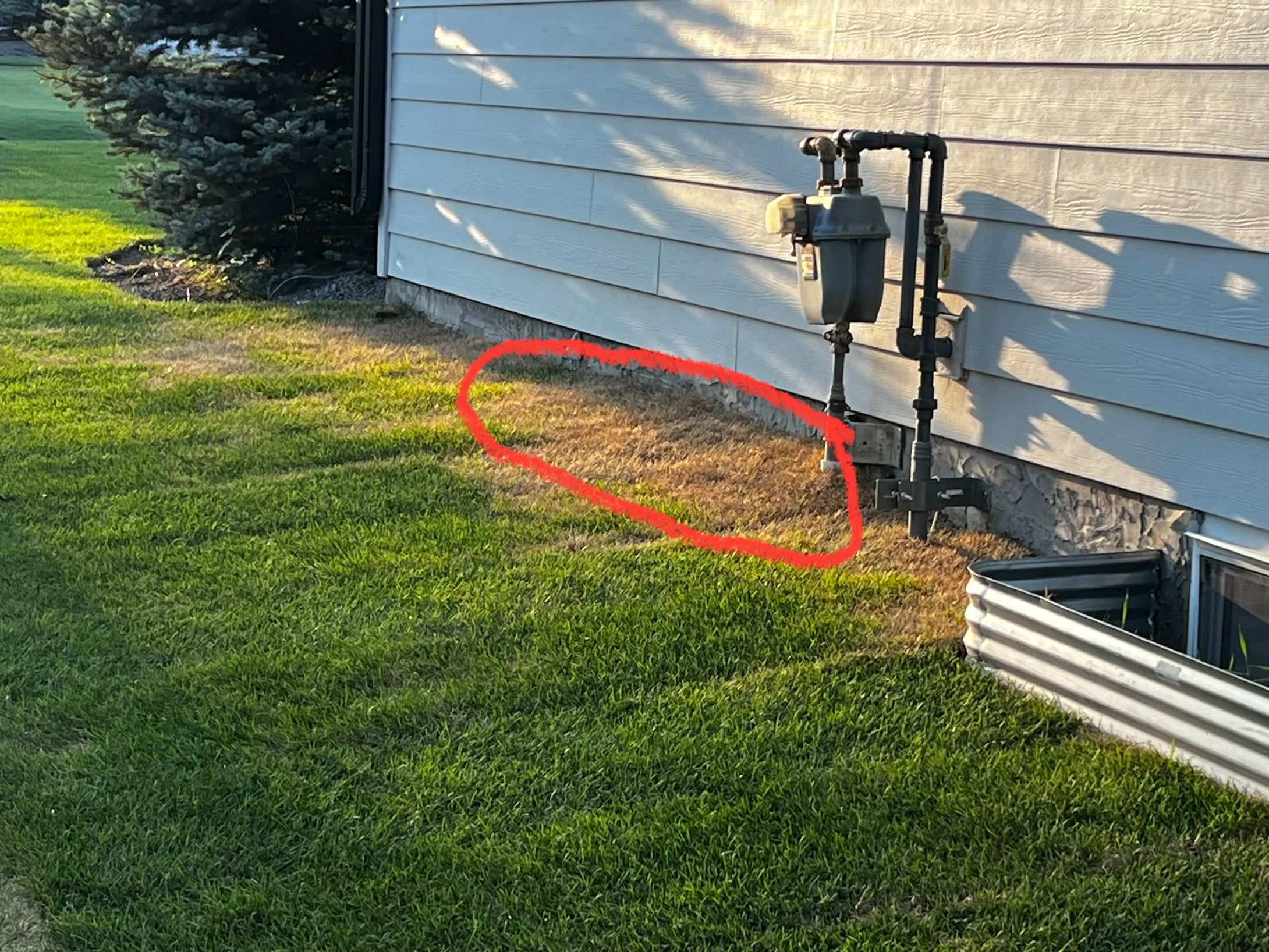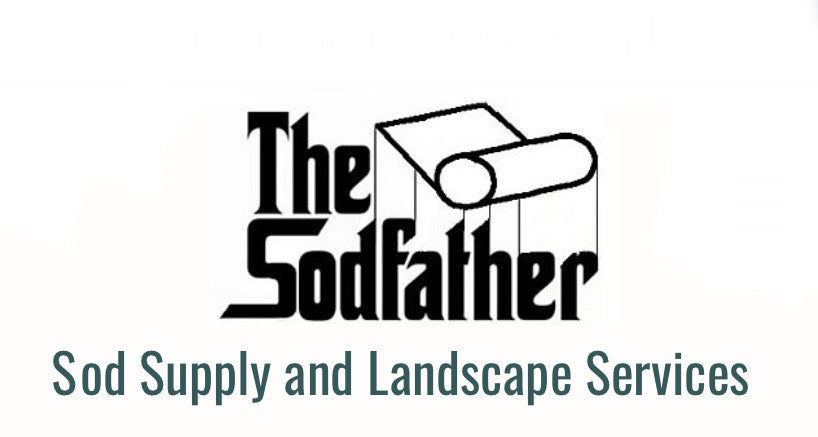
Why is my New Sod Turning Yellow?
You’ve Installed New Bluegrass Sod, But Now It’s Turning Yellow!
Introduction: Embarking on the journey of introducing new bluegrass sod to freshly screened loam soil is an exciting endeavor. However, encountering yellowing in certain areas can be perplexing. In this blog post, we'll delve into potential reasons for yellowing, excluding pH issues, and provide targeted solutions for achieving a healthy, green lawn.
-
Watering Practices and Sprinkler Radius:
-
Consistency is Key: Ensure a consistent watering schedule, especially during the establishment period. Inconsistent watering, even on well-prepared soil, can lead to yellowing. Adjust your sprinkler system to maintain an even moisture level across the entire lawn. Be mindful of the sprinkler radius to guarantee full coverage.
-
Deep Watering: Bluegrass roots thrive when watered deeply. Shallow watering can result in a shallow root system, making the sod more susceptible to stress and yellowing. Adjust your sprinkler settings to encourage deep root growth.
-
Temperature Considerations: Gauge temperatures and tailor your watering routine accordingly. In the initial two to three weeks, bluegrass typically requires 60-90 minutes of watering daily, ideally in the morning or evening. As temperatures rise in mid-summer, consider a second watering during the day to ensure sufficient moisture for the root system.
-
-
Nutrient Management:
-
Balanced Fertilization: While pH may not be the issue, ensuring a balanced fertilizer application is crucial. This is why we Include a Root Starter Fertilizer with every order. Bluegrass requires adequate nutrients for healthy growth. Consider a nitrogen-rich fertilizer to address any potential nutrient deficiencies causing yellowing, but before you do, Always Consult your Supplier or Local Landscaper for Advice.
-
Avoid Excess Nitrogen: While nitrogen is essential, excessive amounts can lead to imbalances and contribute to yellowing. Follow recommended application rates to prevent over-fertilization.
-
-
Insect and Disease Vigilance:
-
Regular Inspection: Even in well-prepared loam soil, pests and diseases can affect your bluegrass sod. Regularly inspect for signs of insect activity or fungal diseases. Early detection allows for timely intervention and prevents widespread yellowing.
-
Natural Predators: Encourage natural predators like beneficial insects that feed on harmful pests. This biological control approach can help maintain a balanced ecosystem in your lawn.
-
-
Sun Exposure and Shade Management:
-
Optimal Sunlight: Bluegrass typically thrives in full sun, but ensure that areas receiving less sunlight are still getting sufficient light. Trim nearby trees or consider alternative grass varieties that thrive in partial shade to prevent yellowing due to insufficient sunlight.
-
Strategic Planting: If specific areas consistently receive less sunlight, consider planting shade-tolerant ground covers or ornamental plants to complement the bluegrass sod.
-
-
The Importance of Water for Optimal Temperature: Water plays a crucial role as sod needs to be at an optimal temperature to photosynthesize and root effectively. Ensuring a consistent and adequate water supply is key to supporting these vital processes.
Conclusion: While pH may not be the culprit, addressing watering practices, nutrient management, pest and disease issues, and sun exposure remains essential for a vibrant bluegrass lawn on screened loam. By tailoring your approach based on these factors, including the sprinkler radius and temperature considerations, you'll be well on your way to resolving yellowing and fostering a lush, green carpet of bluegrass. Regular observation and thoughtful adjustments will help you achieve the lawn of your dreams
